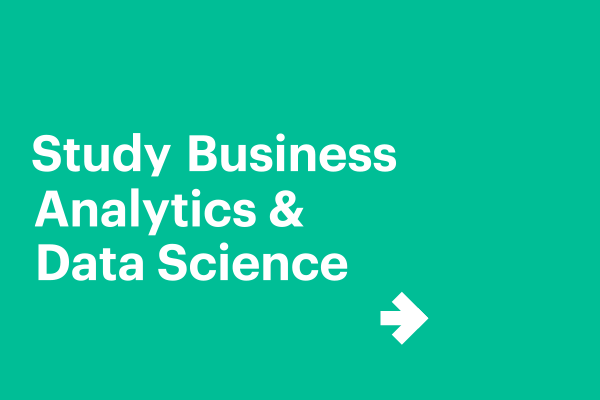Making important decisions is something that many people have to do every day in their professional lives.
Whether you’re a director of a company having to make critical decisions that could affect your staff, profits, and direction of your business, or an assistant who has to make decisions based on their own work – it’s important that the decisions you take are the right ones.
There are plenty of tools and information out there that you can rely on to help you make the right decisions every time, but if you want to guarantee the best results you may try using statistical analysis.
What is statistical analysis?
Statistical analysis is something that may sound complicated but could actually be something that you end up using in a range of different career options.
It relates to collecting, exploring and presenting data in a way that helps you to uncover existing patterns and trends.
Companies have huge amounts of data, including things like sales data, internal information, income reports, social media analytics etc. All of this data is right there at the touch of your fingertips, but sometimes all this information can mean nothing if you don’t know how to read it.
If you want to make informed decisions that can help drive the company forward, you need to base your decisions on data. Statistical analysis is the process of taking all the data your company has and using it to make decisions.
Using data is extremely important as facts and figures can be objectively measured. If your company is trying to make an important decision that could affect profits or people’s jobs, it is not possible to take action based on a gut feeling alone.
Important statistical analysis methods
- Single variable linear regression
When you use the single variable linear regression method to make decisions, you’re looking at the relationship between a dependent and independent variable to try and identify a single line of best fit.
This method uses the existing data that your company has to forecast an outcome for the decisions that you’re thinking about making. It’s particularly useful when you’re trying to forecast things such as future sales, profits, customers, revenue etc.
- Multiple regression
Multiple regression methods are very similar to single variable linear regression methods. However, the main difference is that you test multiple variables rather than just two:
I.e., testing the relationship between the dependent variable, but comparing it to multiple different independent variables.
It’s likely that you will use this type of method to aid you in decision-making when testing a very complex scenario. For example, if you’re trying to predict the outcome of a large marketing campaign that consists of lots of different variables like social media, paid advertising, TV promotions etc.


- Hypothesis testing
Hypothesis testing is where you have different claims about a certain decision, and you carry out a test to see which one is true.
This is good for situations in which there appear to be multiple solutions to a problem, but you’re finding it hard to distinguish which one will work best.
You’ll normally work with a null hypothesis and an alternate hypothesis. The former hypothesis is one that’s based on historic data or the conventional solution that you would typically take to solve an issue.
The alternate hypothesis is in most cases the complete opposite of the null hypothesis, but it is an assumption that you want to test.
The alternate hypothesis is there to either back up or nullify the assumption that you have made in the null hypothesis. If it’s able to nullify it, then you should choose the solution that has been outlined in the alternate hypothesis.
If you’re looking to make data-based decisions on things such as launching a new product, creating a new department, entering a new market etc. hypothesis testing can be very useful.
For example, if your company is planning to launch a new product, moving straight ahead with a full launch could be a costly and potentially unsuccessful choice. Under the alternate hypothesis rule, you may start by launching the product in a specific section of the market first to see how it performs before rolling it out on a larger scale.
- Sample size testing
One of the downsides of having access to so much information is that sometimes the dataset may be too large to make an accurate decision.
This situation is the perfect time to use sample size testing methods; a way that you can narrow down your data to a specific sample size that is representative of the total dataset.
You choose a smaller subset of information where you can test one of your hypotheses, and apply your findings to your total data set.
For example, if you’re looking to find out whether your customers will be interested in a new product that your company is launching.
It’s difficult to look into how every single customer would react to the new product based on previous purchase habits, but if you narrow it down to a smaller subset of customers it becomes much easier to test.
By looking at the purchasing habits of a smaller group of customers and seeing how they respond to a certain new product, you can assume that the majority of your other customers will also respond in a similar way.
Develop your statistical analysis skills at EU Business School
In this article, we’ve taken you through what statistical analysis is and how some of the most popular methods can help you in different professional situations.
If this is a skill that you’re interested in, or would like to learn more about, we can help you advance in your career at EU Business School.
Find out more about our courses and choose one that can help you develop the skills you want.













